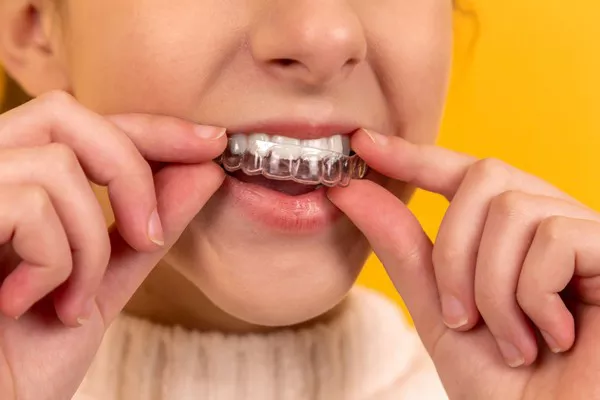Tooth sensitivity after a filling is not uncommon and can occur for various reasons. In this article, we will explore the causes of tooth sensitivity after a filling, ways to manage it, and when to seek professional help.
A dental filling is a common restorative procedure to treat cavities. During the procedure, the dentist removes the decayed portion of the tooth and fills the space with a filling material, such as amalgam or composite resin. While fillings can restore the function and appearance of a damaged tooth, they can also cause temporary or long-lasting sensitivity.
Causes of Tooth Sensitivity After a Filling
Inflammation
The tooth may become inflamed after a filling due to the drilling and cleaning of the cavity. This inflammation can put pressure on the nerves inside the tooth, causing sensitivity. The inflammation usually subsides within a few days, but it can take longer in some cases.
Nerve Damage
Sometimes, during the filling procedure, the dentist may accidentally damage the nerves inside the tooth. This can cause sensitivity that lasts for weeks or even months. In severe cases, the nerve damage can lead to infection or require root canal therapy.
Bite Issues
If the filling is too high or uneven, it can cause bite issues. When you bite down, the filling may put pressure on the surrounding teeth, causing sensitivity. This can be corrected by adjusting the filling or reshaping the tooth.
Allergic Reaction
In rare cases, patients may have an allergic reaction to the filling material. Symptoms can include sensitivity, swelling, or itching around the site of the filling. If you suspect an allergic reaction, contact your dentist immediately.
Ways to Manage Tooth Sensitivity After a Filling
Over-the-Counter Pain Relievers
You can take over-the-counter pain relievers, such as acetaminophen or ibuprofen, to manage mild to moderate sensitivity. Follow the recommended dosage on the package and do not exceed the maximum daily dose.
Desensitizing Toothpaste
Desensitizing toothpaste can help reduce sensitivity by blocking the transmission of pain signals from the tooth to the nerve. Apply the toothpaste directly to the affected area or use it as part of your regular oral hygiene routine.
Soft Foods
Eating soft foods can help relieve pressure on the sensitive tooth. Avoid hard, crunchy, or sticky foods that can aggravate the sensitivity.
Warm Salt Water Rinse
Rinsing your mouth with warm salt water can help reduce inflammation and promote healing. Mix a teaspoon of salt in a cup of warm water and swish it around in your mouth for 30 seconds before spitting it out.
When to Seek Professional Help
If your tooth sensitivity persists for more than a few days or if the pain is severe, contact your dentist. They may need to examine the filling and surrounding teeth to determine the cause of the sensitivity. In some cases, additional treatment, such as a root canal or crown, may be necessary.
Conclusion
Tooth sensitivity after a filling is a common occurrence that can be caused by inflammation, nerve damage, bite issues, or an allergic reaction. You can manage the sensitivity at home with over-the-counter pain relievers, desensitizing toothpaste, soft foods, and warm salt water rinses. If the sensitivity persists or is severe, contact your dentist for further evaluation and treatment. Remember to maintain good oral hygiene habits, such as brushing twice a day and flossing daily, to prevent future cavities and dental problems.
Related Topics:






























